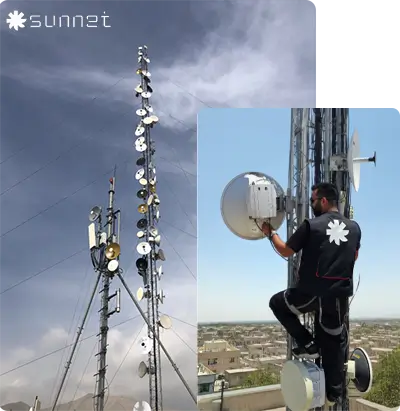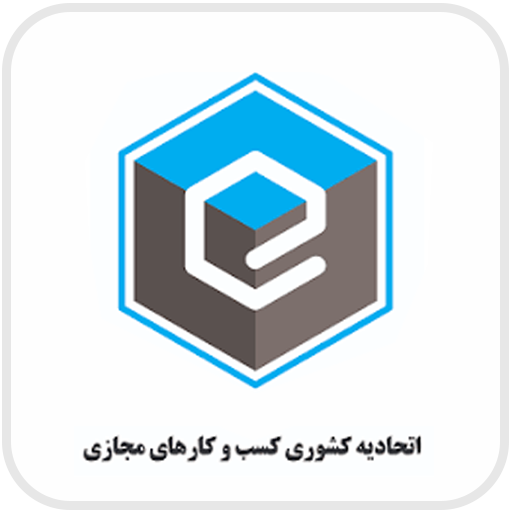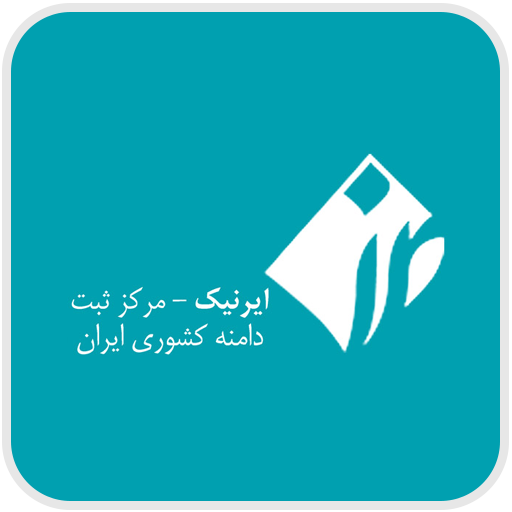With over a decade of experience in designing and implementing network infrastructure in various national and organizational projects, SUNNET offers a complete set of passive network services in compliance with international standards. These services go beyond simple cabling and include a wide range of design, implementation, documentation, and final delivery of the physical network infrastructure.
Below, you will learn about the most important passive network services of SUNNET:
1. Network structure engineering design
Before any implementation, a detailed design of cabling routes, installation locations of nodes, racks, and equipment is carried out in the form of engineering drawings. This design is carried out by considering future expandability, functional requirements, and physical limitations of the environment.
2. Implementation of structured cabling
Network cabling is carried out using CAT6, CAT6A, CAT7, and fiber optic cables depending on the needs of the project. Structured implementation means observing order, numbering, proper routing, and separation of cables according to the type of consumption (data, telephone, electricity).
3. Installation of passive physical equipment
This section includes the installation of various types of wall or standing racks, patch panels, keystones, network sockets, data outlets, ducts, and trunking. Proper and regular implementation of this equipment is a prerequisite for the stability of network performance and ease of maintenance in the future.
4. Arrangement, labeling, and numbering of cables
To facilitate troubleshooting and network management in the future, all cables and ports are numbered in principle and delivered to the employer in the form of a final report. This is especially important in large organizational projects.
5. Final testing and control of links
After the completion of the implementation operations, all network links are tested with professional equipment to ensure signal quality, data transfer accuracy, and proper performance. The test results are provided to the client in the form of a written report along with the final map.
6. Technical Documentation and Project Delivery
After the project is completed, all documentation including cabling maps, equipment lists, port numbering, and link test output is provided to the client in a systematic and referable manner. This documentation is vital in the maintenance and future development of the network.
Implementing a successful passive network project requires careful planning, an experienced executive team, and adherence to engineering standards. At SUNNET, all projects are managed with a specific framework and step by step to ensure that the project is delivered on time and to the satisfaction of the employer while maintaining quality. Below, you will learn about the main stages of implementing passive network services at SUNNET:
1. Needs assessment and initial visit
The project begins with a face-to-face visit by technical experts to the site. During this visit, the physical structure of the building, the location of users and equipment, suitable routes for cabling, and current and future network capacities are examined. This stage is the basis for accurate design and selection of the best solution.
2. Designing the passive network structure
A technical map of the project is prepared with the information obtained from the initial visit. This map includes the location of nodes, cabling routes, rack locations, connection points, and required equipment. The design is carried out with an approach to scalability, execution order, and compliance with TIA/EIA and ISO/IEC standards.
3. Preparation of pre-invoice and final approval
Based on the approved design, the pre-invoice including the list of required equipment, execution services, project implementation duration, and cooperation conditions is sent to the customer. After the employer’s approval, the project enters the implementation phase.
4. Supply of standard equipment
All equipment used in the project is supplied from reputable international brands such as Cisco, Schneider, Mikrotik, Huawei, APC, etc. and is reviewed and prepared by the technical unit before implementation. The selection of equipment is carried out according to the type of project and the expected performance level.
5. Implementation of cabling and installation of equipment
SUNNET’s expert executive team performs cabling operations, installation of ducts and trunking, rack deployment, patch panel installation, cable arrangement, installation of network outlets, and other passive components with high precision and compliance with technical principles. Beauty, order and expandability are important priorities at this stage.
6. Final testing and quality control
After the physical implementation is complete, all links are evaluated with professional testing devices to ensure the correct functioning of the cables, signal quality and connection accuracy. Possible errors are corrected and optimized at this stage.
7. Preparation of documentation and project delivery
At the end of the project, the final network map, link test report, list of installed equipment and numbering are prepared and delivered to the client. The documentation is made available in digital and physical form for use in future maintenance and upgrade of the network.
One of the best criteria for evaluating the quality and capability of a passive network service provider is to review the successful and extensive projects it has implemented so far. With over ten years of experience, SUNNET has been able to complete numerous projects in the field of network infrastructure design and implementation across the country and even neighboring countries.
These projects include a wide range of industries and organizations such as educational centers, hospitals, banks, industrial and administrative companies, each of which has its own specific requirements and challenges. In all these projects, SUNNET has provided a solid, reliable and expandable infrastructure using up-to-date technical knowledge and equipment from reputable brands.
Some of the salient features of SUNNET’s successful projects include:
Full compliance with international standards
Project delivery on time and with excellent quality
Complete documentation and comprehensive reporting
Continuous support and infrastructure updates based on customer needs
To view examples of implemented projects and more details, you can refer to the projects section.





















